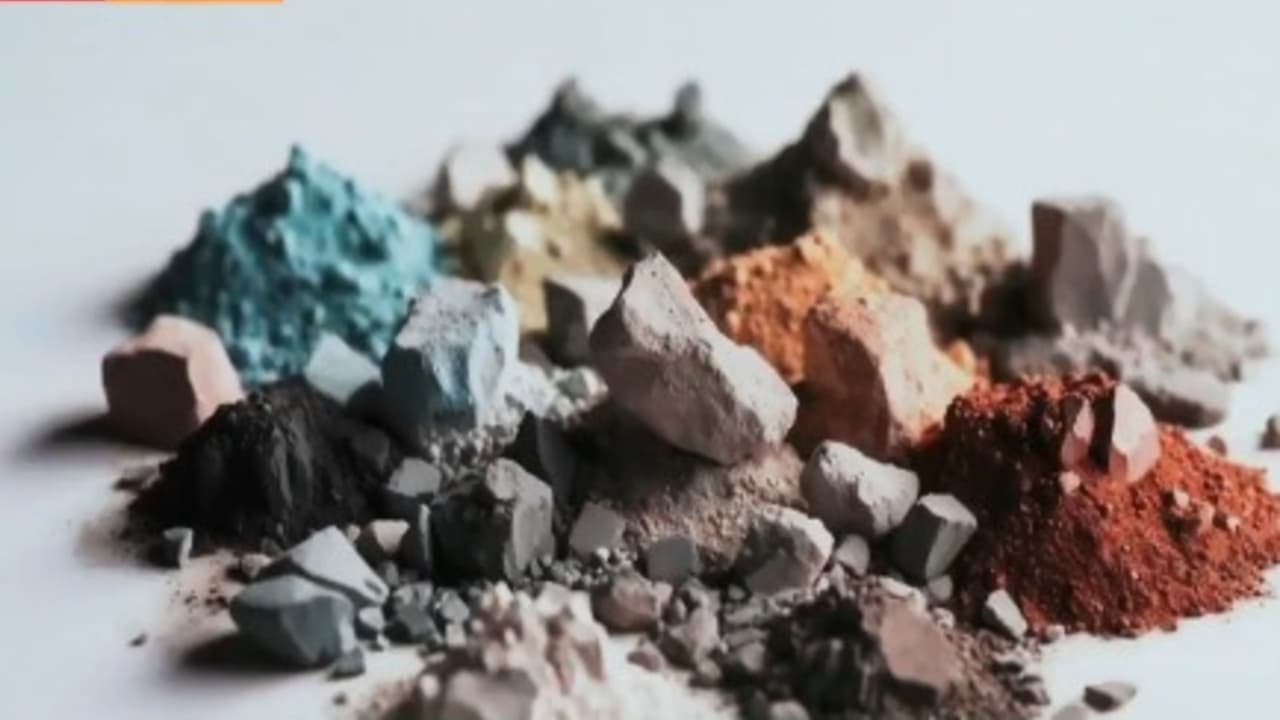India Critical Minerals Policy: Will this ‘mineral gameplan’ of India give sleepless nights to China? Modi cabinet has made a move to increase domestic production by reducing the royalty of graphite, cesium, rubidium and zirconium – is China’s mineral monopoly going to be broken now?
India vs China Mineral Dependence: India has taken another big step towards becoming self-reliant in the energy and technology sector. The Cabinet meeting chaired by Prime Minister Narendra Modi has taken a historic decision to reduce the royalty rates of four important minerals – graphite, cesium, rubidium and zirconium. The government says that this will increase the production of these minerals within the country and reduce dependence on imports from countries like China. Will this step move India towards becoming a ‘mineral superpower’? And will this really increase China’s concerns?
Why was it necessary to reduce the royalty?
Union Minister Ashwini Vaishnav said that very high royalty rates were applicable on these four minerals, which was discouraging domestic production. Now the government has rationalized the royalty so as to attract investors and promote mineral exploration and mining. This step is not only important for industrial development, but is also considered very important for India’s energy security and supply chain stability.
Is China’s ‘mineral monopoly’ now in danger?
- China is currently the world’s largest producer and exporter when it comes to critical minerals – particularly graphite, rare earth elements and zirconium.
- This decision of India has come at a time when China is continuously tightening its export rules, which is affecting the global supply.
- In such a situation, this step of India is being considered as a solid strategic initiative towards challenging the “Chinese monopoly”.
Mineral auctions will increase in India and investment opportunities will increase.
- According to a report, this decision of the cabinet will now accelerate the auction of mineral blocks containing cesium, rubidium and zirconium.
- This will not only increase the exploration of these four minerals but will also make it possible to discover lithium, tungsten, niobium and rare earth elements (REE) associated with them.
- These minerals are essential for future technologies such as electric vehicles, smart devices and defense equipment.
Where are these ‘important minerals’ used?
- graphite: The most important part of an electric vehicle (EV) is the battery, which increases the charging capacity. India currently imports 60% of its graphite requirement.
- Zirconium: Used in nuclear energy, aerospace, and medical industries.
- Cesium: Plays an important role in high-tech devices, GPS systems, and medical devices.
- Rubidium: Used in fiber optics, telecommunications and night vision glasses.
Will India become ‘mineral self-reliant’?
- India has already started auctioning and exploration of graphite blocks in several states.
- 27 blocks have been auctioned, while preparations are on to auction 20 new blocks.
- If this policy is successful, India can play a leading role in EV battery, defense and high-tech manufacturing in the coming years.
What will be the impact of this decision?
- Dependence on imports will reduce
- Investment and employment will increase in the country
- Mineral exploration and technological development will be encouraged
- India’s supply chain security will be strengthened
- Strategic pressure on China will increase
India’s ‘Mineral Mission’ a new direction for self-reliance
This decision of the government is not limited to just reducing the royalty, but it is a big step towards ‘Mineral Self-reliant India’. If this plan is successful, India will not only be able to ensure stable supply of minerals to its industries, but will also be able to challenge China’s dominance at the global level.
